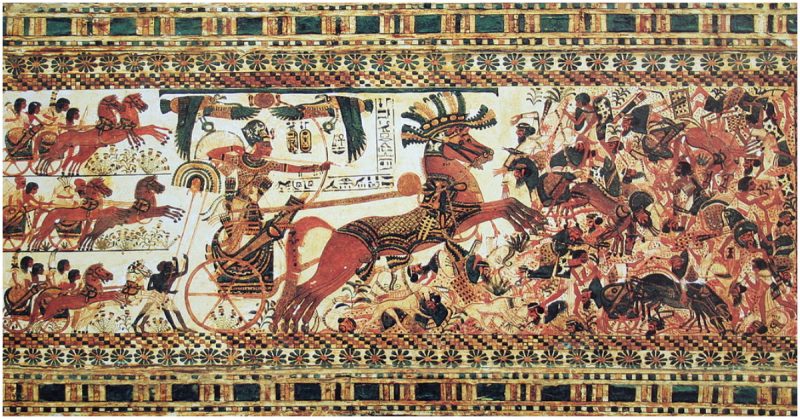Ancient Egypt had seen many Pharaohs come and go, several dynasties rise and fall, many amongst whom were great and truly remarkable but only a few can compare to the genius of Thutmose III.
Thutmose III born in the year 1477 BCE predeceased his father at the age of two, becoming co-regent with his stepmother and aunt Hatshepsut, who was named the Pharaoh in the first 22 years of his reign, while he served as the head of Hatshepsut’s armies, until her death when he became the sole ruling pharaoh of the kingdom.
He singled handedly built the largest empire Egypt had ever seen in all the time leading up to the 18th dynasty and led several campaigns in which he conquered cities, and established dominance as a world power.
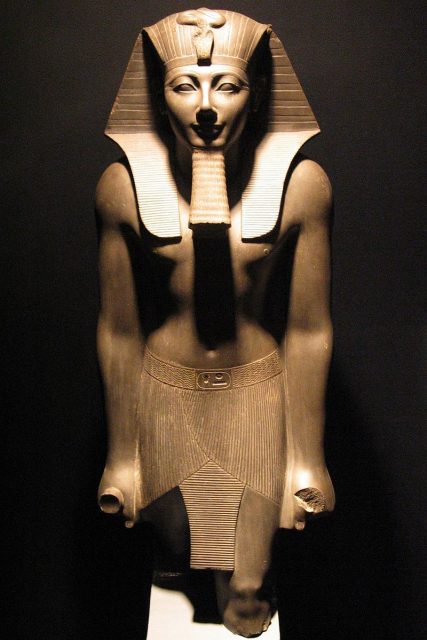
He was the first king after Thutmose I to cross the Euphrates. He is consistently regarded as one of Egypt’s greatest warriors and perhaps the most well-documented revelation of his exploits was demonstrated in the Battle of Megiddo in 15th Century BC.
The Battle of Megiddo was fought between Egypt; under the military leadership of Thutmose III and a united group of Canaanite rebels; under the leadership of the King of Kadesh. The ancient Egyptian account dates this battle to be the 21st day of the first month of the third season, of the 23rd year of Pharaoh Thutmose III’s reign.
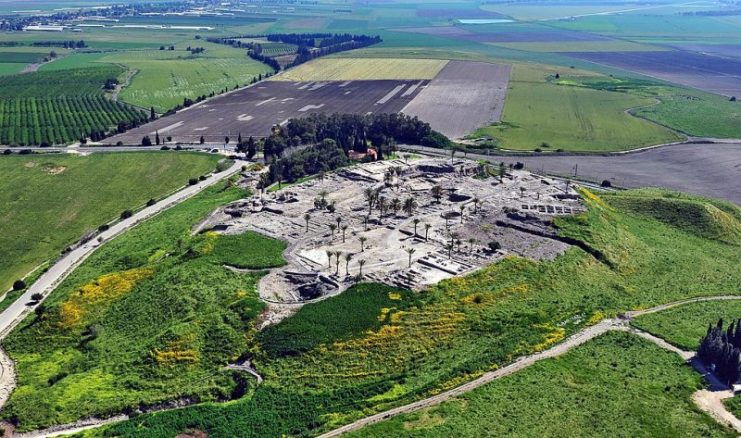
After a long and impatient wait, his regency with Pharaoh Hatshepsut finally ended with her death on the 10th day of the 6th month of Thutmose III’s 21st year.
Before now, Egypt had established some dominance with the neighboring Canaanite cities, with their kings needing to pay regular tribute to the throne of Egypt, even sending their sons to obtain mandatory Egyptian education with some amongst them joining the Egyptian army.
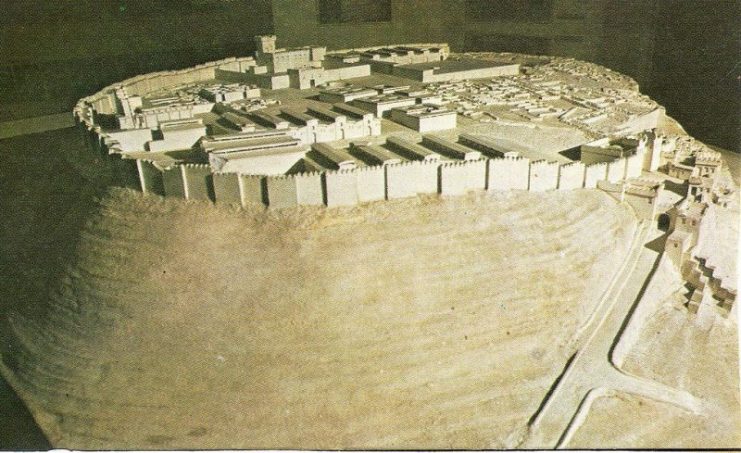
With the death of Pharaoh Hatshepsut, the Canaanite coalition saw a window of opportunity to rebel and sought to exploit it with the revolt of local rulers near Kadesh in the vicinity of modern-day Syria.
The Canaanites were allied with the Mitanni and Amurru from the region of the two rivers between the headwaters of the Orontes and Jordan. The driving force behind this revolt was the King of Kadesh and Thutmose III dealt with the threat.
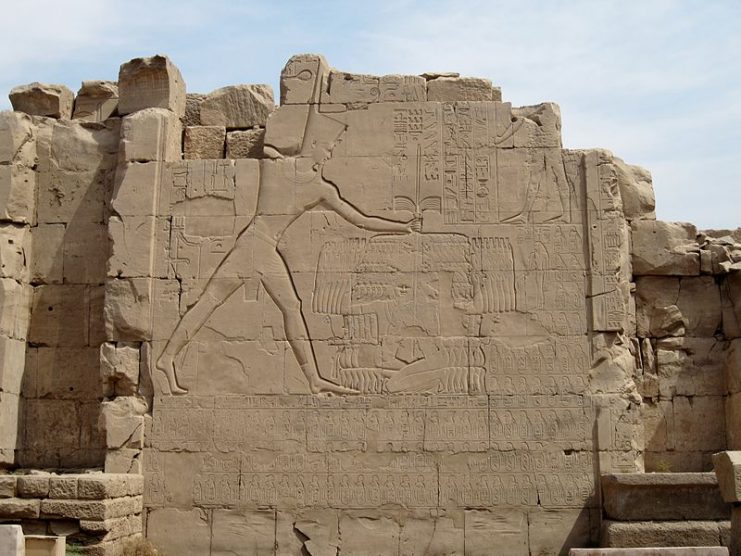
Kadesh was a fortress, heavily protected by trained soldiers who protected both the King and the entire city. Megiddo was also a strong fortress being heavily guarded and geographically elevated, gaining the high ground advantage over neighboring cities.
Megiddo was important because of its geographical position along the southwestern edge of the Jezreel valley just beyond the Mount Carmel ridge and the Mediterranean. As a result of this strategic location, Megiddo controlled the Via Maris; the Via Maris was the main trade route between Egypt and Mesopotamia.
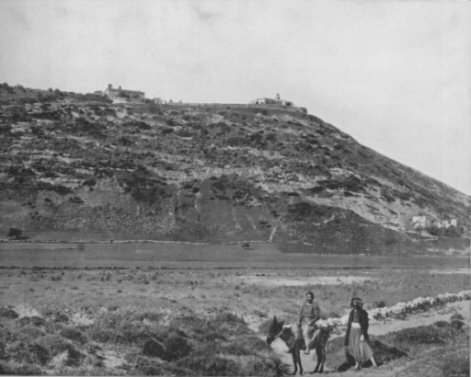
The king of Kadesh recognizing the significance of Megiddo sought the alliance of the King of Megiddo who all too willingly joined the alliance, having the positional advantage to defend his city in the eventuality of an external invasion and wielding control over the Via Maris.
Thutmose III gathered an army of chariots and infantry of about fifteen thousand men, while the king of Kadesh rallied many tribal leaders from Syria, Aram, and Canaan around him to an estimated number of fifteen thousand.
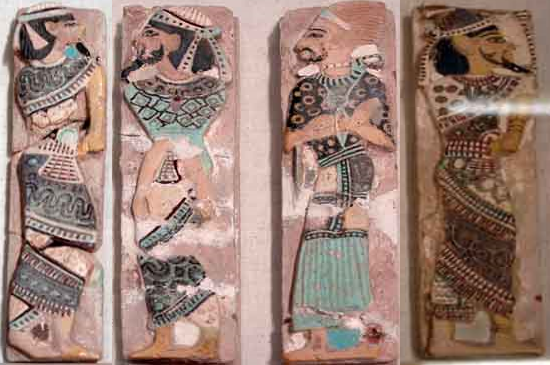
The allied Canaanite forces entered Megiddo and were positioned at the waters of Taanach. The King of Kadesh expected the Egyptian troops to come by way of Dothaim-Taanach, the main route from the Mediterranean lowlands into the valley of Kishon, and from Egypt to Mesopotamia.
Thutmose III having left Egypt with his army passed through the border fortress of Tjaru (Sile) on the 25th day of the eighth month. He marched his troops through the coastal plain as far as Jamnia, then inland to Yehem; a small city near Megiddo, which he reached in the ninth month of the same year.
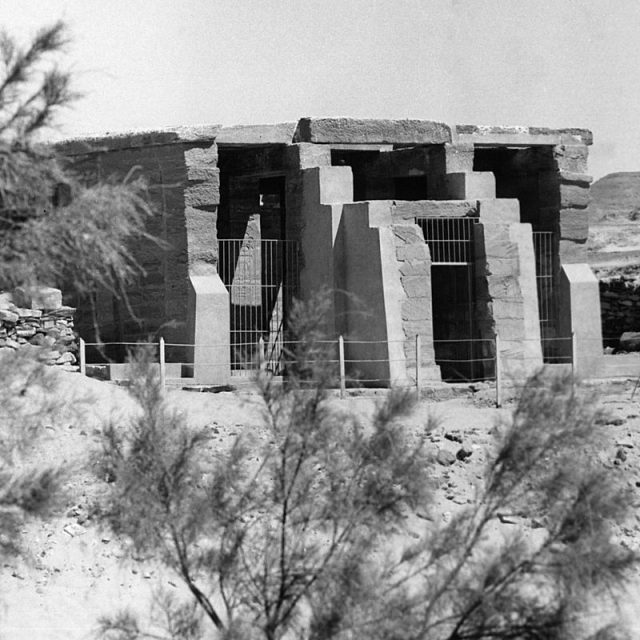
A ridge of mountains projecting inland from Mount Carmel stood between Thutmose and Megiddo and he had three potential routes to take. The southern route, by the way of Taanach and the northern route via Zefti and Yokneam, both of which went around the mountain and were obviously and pointedly from his council of war, the safest routes into Megiddo.
However, Thutmose being both brave and tactical, reasoned that both routes though safe would be more obvious to the enemy and the more likely for an attempted ambush. He decided to take a dangerous route through the Aruna mountain pass which was so narrow that the army would need to pass one at a time in a single file.
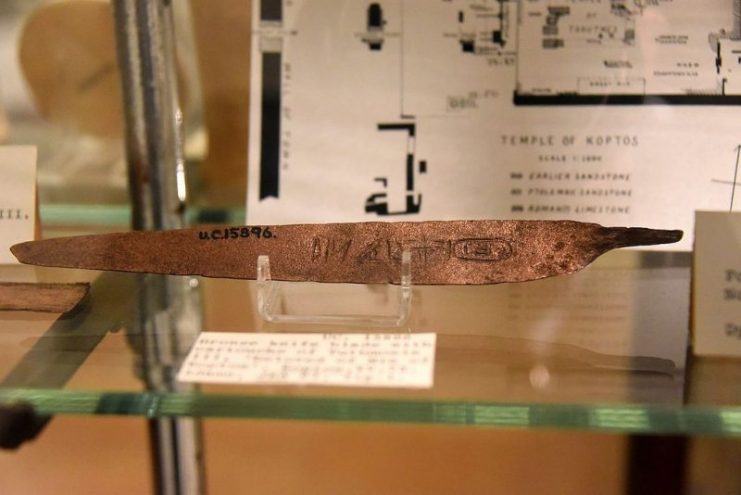
This route whilst being more direct than the other two, was in fact,more dangerous because should he be wrong and the enemy actually waited for him at the end of the ravine, the Egyptians would risk getting cut down piecemeal.
With information provided by the scouts he had earlier sent out and the belief that his enemies would expect him to take the easier routes, he decided to do the unexpected and went against the advice of his generals.
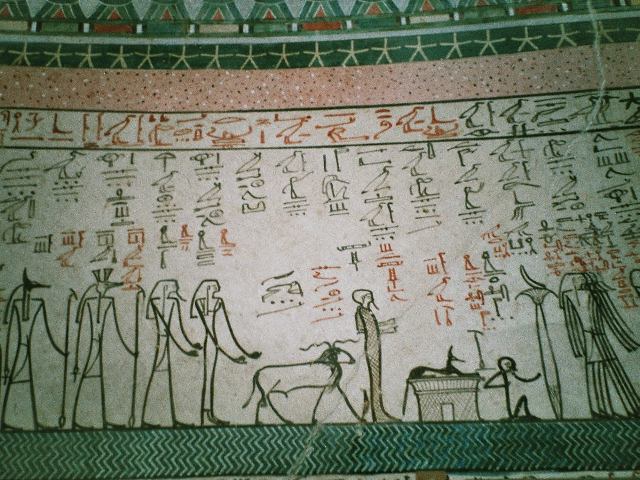
Back at Megiddo, the king of Kadesh had assigned a large number of soldiers to guard the northern and southern routes and virtually ignored Aruna as it seemed the less likely point of entry for the Egyptians.
Ignoring the dangers of a likely enemy ambush at the end of the mountain pass, Thutmose decided in an act of bravery to minimize risk to his army by leading them through Aruna. He moved in quickly to an unsuspecting lightly guarded city, where he led a quick assault, scattered the rebels and entered the valley unopposed.
The Egyptian army now had a clear path to Megiddo, with large portions of the rebel army far away to the north and south. Thutmose seeing the unpreparedness of his enemy, seized the opportunity by wasting no time and attacked the opposition the very next morning.
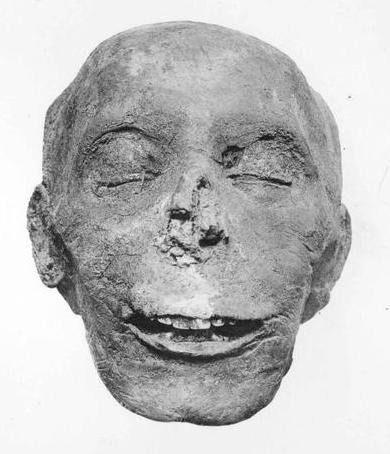
He took the Kings of Kadesh and Megiddo by surprise when he launched a full-scale counterattack on his opponents sending a rift of confusion through them. He formed his troops into a concave hemisphere, consisting of three wings that threatened both Canaanite flanks.
With a matching army size of 1,000 chariots and 10,000-foot soldiers on both opposing sides of the battle, Thutmose led the attack from the center. The combination of a surprising bold attack, position and superior maneuverability on the part of the Egyptians broke the enemy’s will and their line collapsed.
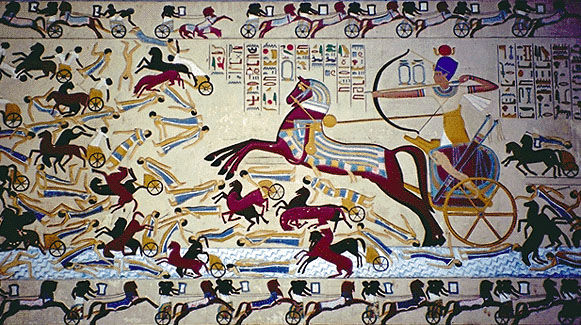
Those near the city fled into it, closing the gates behind them. The Egyptian army took to plundering the enemy’s camp where they captured 924 chariots and 200 suits of armor.
Unfortunately however for the Egyptians, amidst the chaos, the scattered Canaanite forces including the Kings of Kadesh and Megiddo escaped and were able to rejoin the defenders inside the city walls. So the Egyptians lost the opportunity to quickly capture the city of Megiddo after the battle.
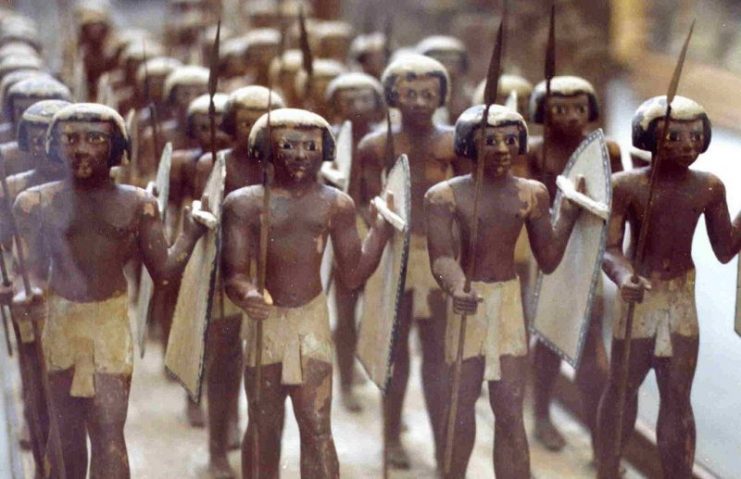
The city of Megiddo was besieged for seven months and the King of Kadesh escaped, so Thutmose built a moat and placed wooden palisades around the city so that the occupants were starved of food and water until they finally ran out and were forced to surrender.
The Egyptian army took home 22,500 sheep, 2,041 mares, 1929 cattle, 924 chariots, 502 bows, 340 prisoners, 200 suits of armor, 191 foals, and 6 stallions, the Royal armor, chariot and tent-poles of the King of Megiddo
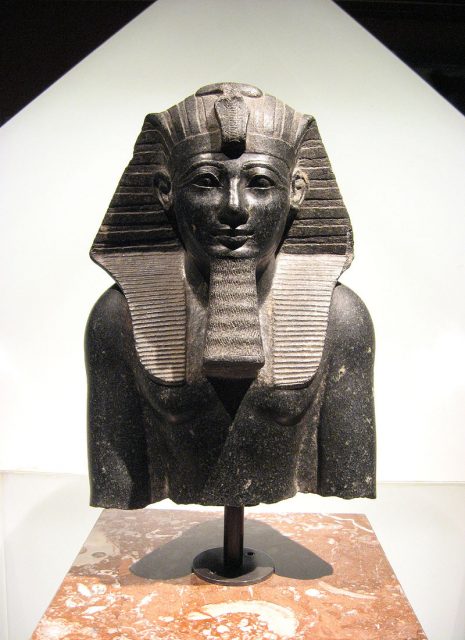
Read another story from us: Egyptian Warfare and the Largest Chariot Battle in History
Thutmose in his mercy spared the city and its citizens, while he went on to conquer other neighboring cities in the Jezreel Valley and by doing so, restored Egyptian authority in the region. By establishing Egyptian dominance in Canaan, Thutmose III began a reign in which Egypt reached her greatest expanse as an empire.
